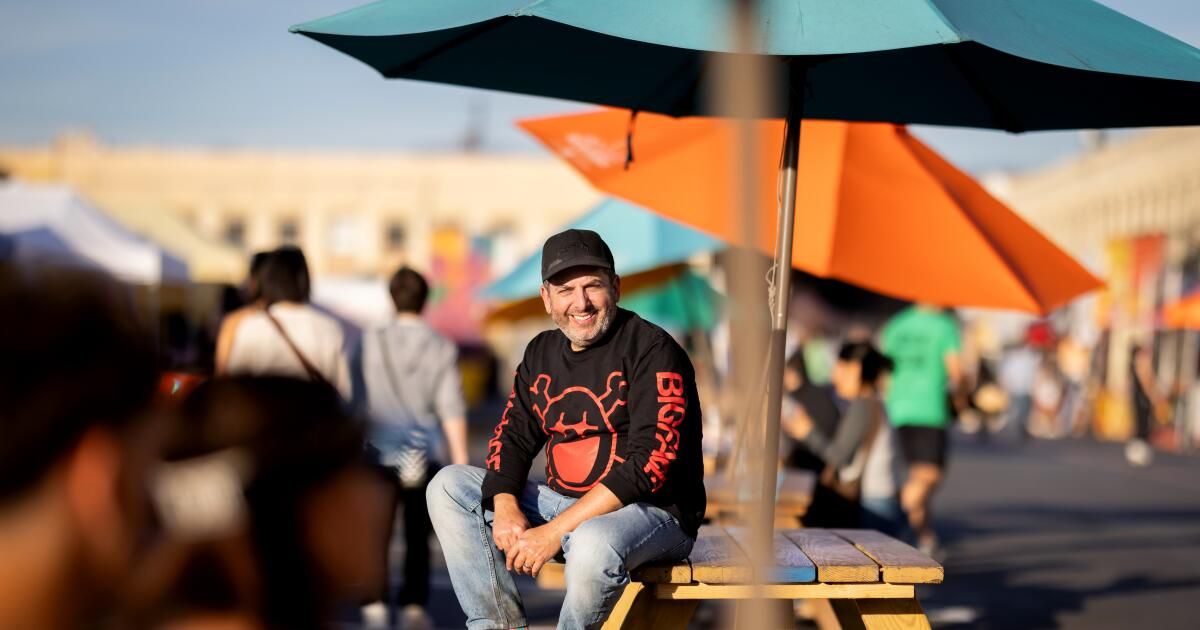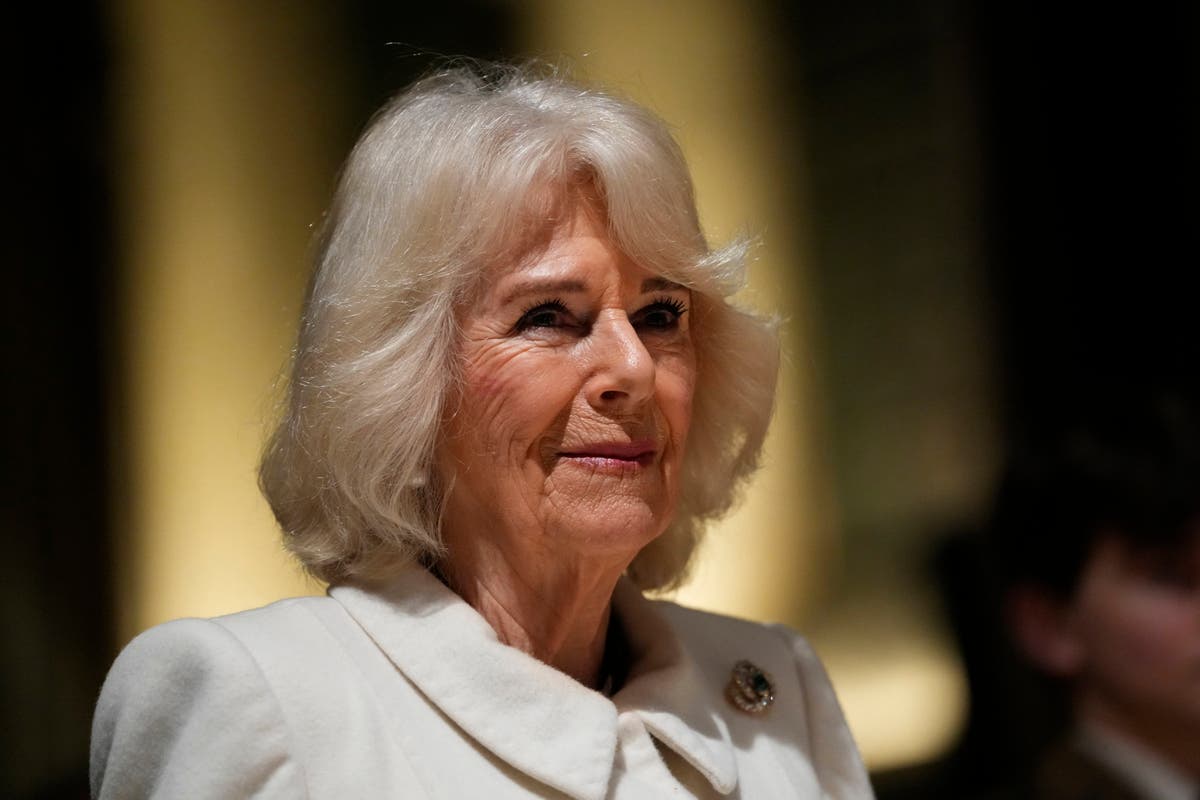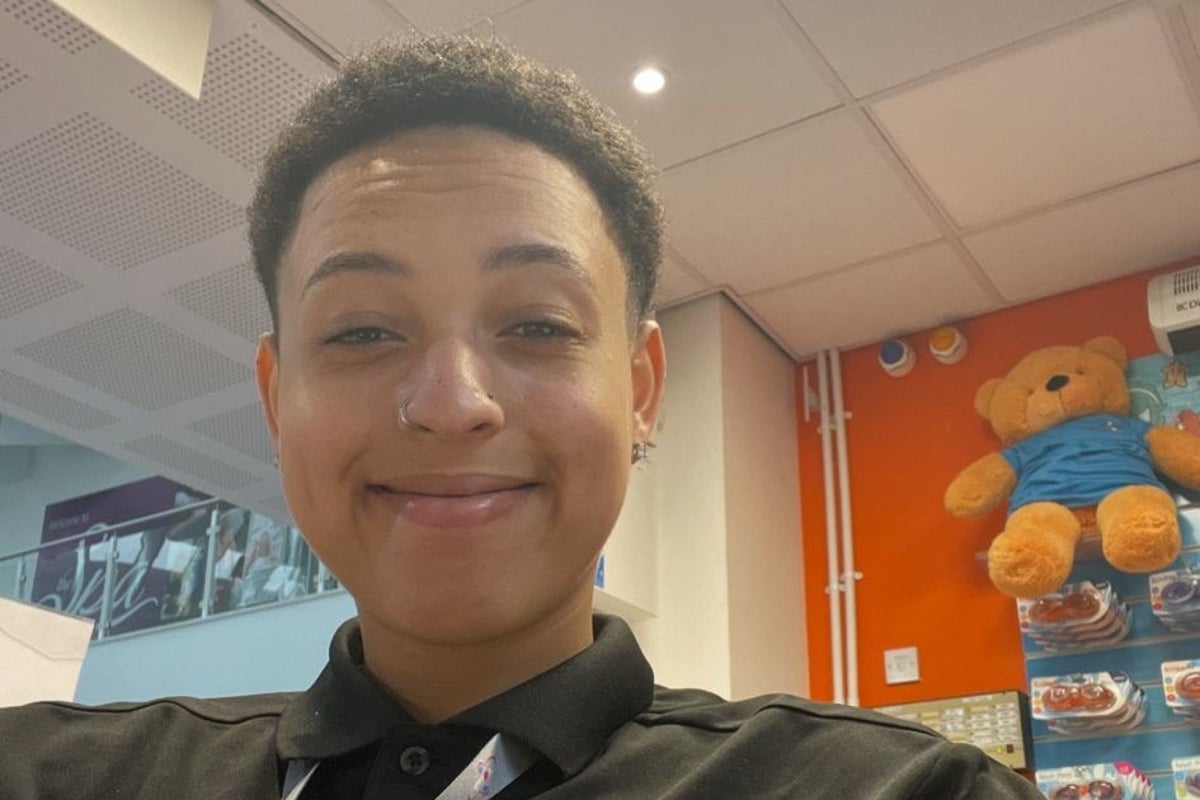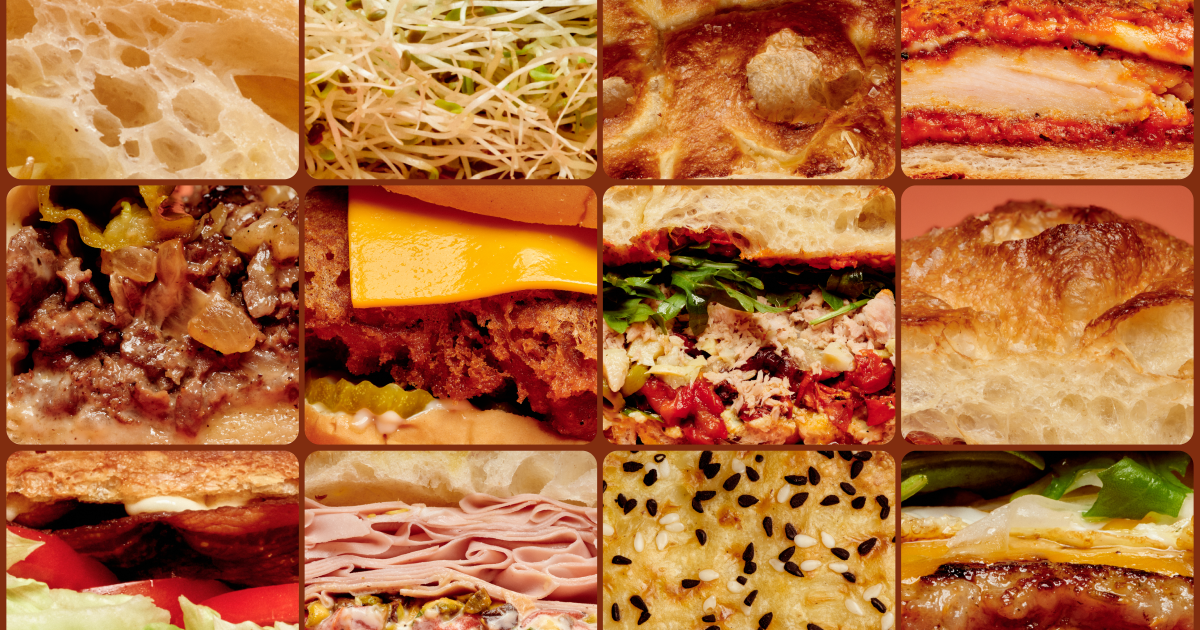“Are you ready? This is my first double hack.”
Zach Brooks offers a paper plate of roasted lamb hearts with pomegranate sauce and a steaming, fluffy pita given to him by the pit master. in III Mas Barbecue to the dubious chef at Macheen, an emerging taqueria. It's 10:30 a.m. at Smorgasburg, the weekly outdoor food market on Row DTLA, and Brooks, who's already been working for more than four hours, is hungry.
“I'm thinking about taking this lamb and putting it in the breakfast burrito,” he says with childlike glee. “Then you take this pita and make a Macheen-style sandwich with it. What do you think would be good as a filler?
Discover the changemakers shaping every cultural corner of Los Angeles. This week we bring you The Connectors, who understand that power does not travel in straight lines and know how to connect the dots. Come back every Sunday for another delivery.
A few minutes later, Brooks, 48, has his answer, as Macheen's team delivers the breakfast burrito with lamb heart and a pita sandwich stuffed with fried chicken. “A total change!” Brooks exclaims excitedly.
Brooks avoids the crowd of people lining up for Cambodian street food at a nearby stall and carries the plate out into the mid-morning sunlight. He stacks the burrito and sandwich halves to expose their molten innards and snaps a quick photo. He then begins to eat, pieces of tater tot and fried chicken fluttering to the floor.
Although he describes himself as simply a “fat guy who likes to eat,” Brooks is the guardian of a coveted corner of Los Angeles' culinary world. As CEO of Smorgasburg, he decides which of the many budding food entrepreneurs clamoring for a spot in the Sunday market will join his carefully selected alignment. An invitation from Brooks can provide valuable help. Time and time again, the up-and-comers who found their place in Smorgasburg have gone on to bigger things, whether opening their own restaurants or finding success in the crowded world of food trucks and pop-ups.
If it hadn't been for Brooks, Los Angeles might not have discovered the inventive sandwiches at Banh Oui, the Asian-accented ice cream at Wanderlust Creamery, or the delicious grilled meats at Tacos 1986, to name a few of the Smorgasburg alums who They have graduated. to physical locations. And today, it serves as headquarters for immensely popular vendors like Lobsterdamus and Chimmelier, who have legions of dedicated fans across social media. It also provides a real-world experience for newer concepts like III Mas, which combines Texas-style barbecue with Middle Eastern flavors, and Moom Ma'am Ice Cream, purveyors of wildly creative Thai-inspired ice cream flavors. (III Mas recently left Smorgasburg to focus on an upcoming deli and bakery.)
Time and time again, up-and-comers who found their place in Smorgasburg have gone on to greater things.
“The guy has his dream job; when we applied, he showed up and said, 'Okay, let me have some lobster,'” Johnny Angeles of Lobsterdamus laughed. “He really believed in us and gave us a platform to achieve the success we have today. Without [Brooks]“I would be living a totally different life.”
When Smorgasburg founders Eric Demby and Jonathan Butler were looking to expand west from their first location in Brooklyn, New York, they approached Brooks, who founded the influential New York food blog Midtown Lunch before moving to Los Angeles in 2009. to direct the new program. . Brooks wasn't very enthusiastic.
“I thought that was a terrible idea!” Brooks said. “Los Angeles is not New York. And the center is not Brooklyn. And if you expect 20,000 people to come in off the street, you don't understand how Los Angeles works.”
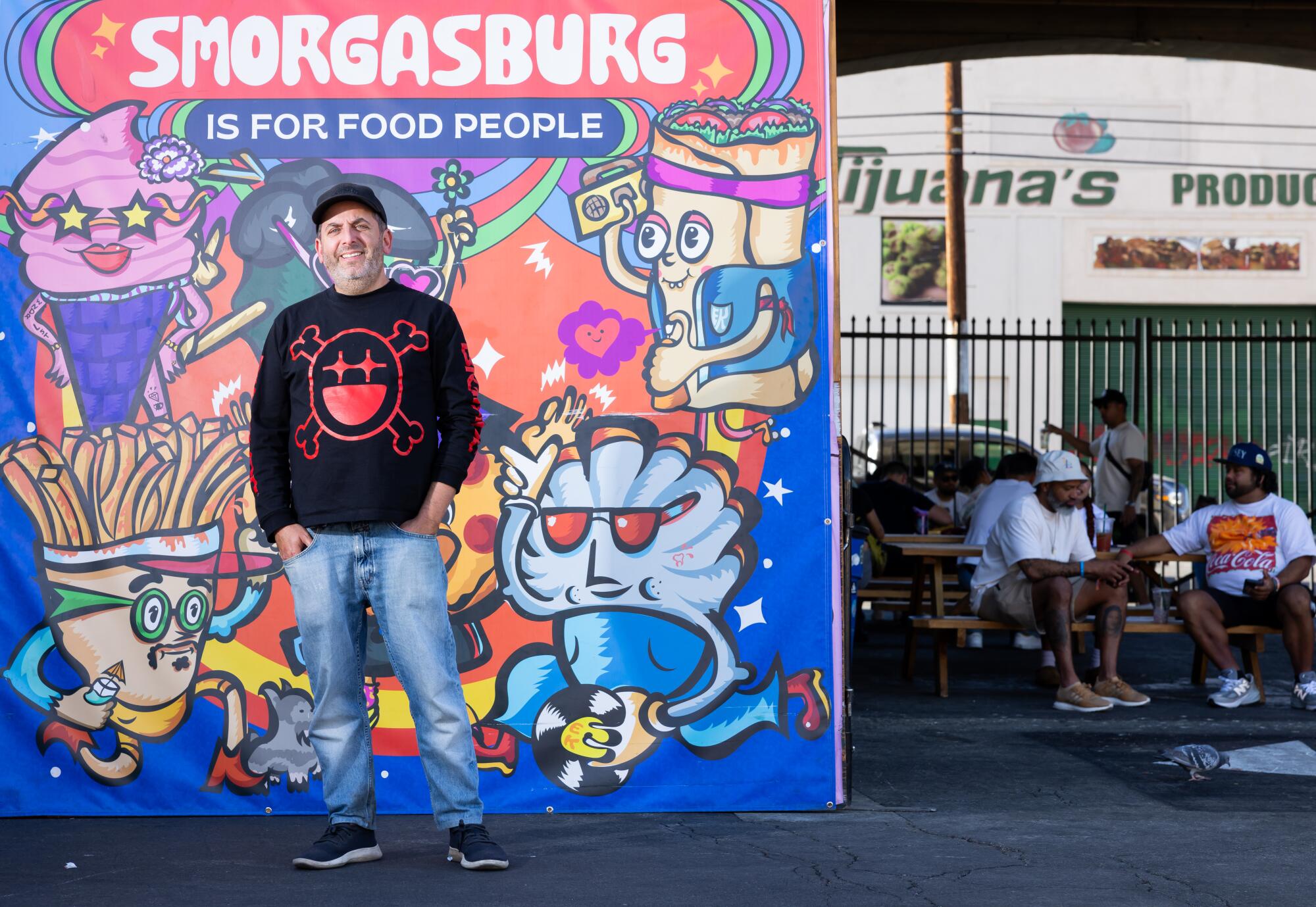
Demby and Butler persisted and persuaded Brooks to visit Smorgasburg's future home: the defunct Alameda Produce Market in Los Angeles' Arts District that the developers planned to transform into The Row, a collection of luxury shops and apartments. After the visit and more meetings, Brooks came up with the idea.
He began working with his contacts and reaching out to the chefs he admired. Depth and diversity were key: “My dream was to have programming that Jonathan Gold would love,” she said, referring to the late LA Times food critic. “But he also wanted things that tourists would love, people on Instagram would love, and second-generation Chinese kids would love. [San Gabriel Valley] “Those who know what good food is would love it.”
He tried hard to stay out of it. “The last thing we wanted was for people to walk into Smorgasburg and say, 'Oh, there's our farmers market vendors, there's all the food trucks that park outside my office on Tuesdays,'” he said. “We knew that when people came in, they had to feel like they were getting something completely different.”
Brooks seems to have accomplished what he set out to do. After closing for 15 months during the COVID-19 pandemic, the market reopened its doors in July 2021 with record attendance and today, the 6,000 to 10,000 people who pass through the doors each Sunday enjoy the offerings of between 50 and 60 sellers. whose food reflects the great diversity of Los Angeles' many immigrant communities. There's incredibly crispy, spice-coated Korean fried chicken from Chimmelier; an octopus al pastor with intimidating tentacles from Evil Cooks; Hawaiian-inspired treats from Lei'd Cookies (motto: “cookies so good, you'll feel like you just got lei'd”).
The parking lot of the former farmers market has room for more stalls, and Brooks says the number of applications from potential new vendors has steadily increased since the pandemic. But he does not dare to grow too big: “No one is making money here,” he said. “We add suppliers in a way that seems sustainable. Even one supplier can make the difference between another being profitable or not.”
“We knew that when people came in, they had to feel like they were getting something completely different.”
—Zach Brooks
Vendors pay between $150 and $350 each week for their stall and set their own food prices; Smorgasburg doesn't keep a cut of your sales. Although the team is tight-lipped about finances and declined to reveal revenue figures, they do say the market makes much of its money through its always-packed beer garden, run by Fernando López of Guelaguetza and I Love Micheladas , also. such as events with brands and community partners such as DineLA, LA Phil and San Pellegrino. There are no leases; Sellers are free to leave if they wish.
Brooks estimates he receives 100 applications a month from people hoping to get a spot in Smorgasburg. He looks for a mix of passion, business savvy and, of course, good food. It's helpful for dishes to have visual appeal for social media, but it's not a requirement; Brooks regularly features vendors on Smorgasburg's social media channels and has hosted workshops with platforms like TikTok to help teach participants how to market themselves.
As with any relationship, timing is key: If the food a potential caterer wants to serve threatens to cannibalize the business of someone already on the list, they probably won't get a spot. But if, say, a popular ice cream vendor has opened its own shop (as was the case with Wanderlust Creamery), Brooks might start a week-long event like Ice Cream Alley in part to find a worthy successor (enter Moom Lady). .
Brooks is emphatic that Smorgasburg does business in a way that favors suppliers. He disdains the arrangements typically offered at food festivals, where organizers take a significant cut of the chef's sales or expect him to give away his food in exchange for exposure.
“We can make the amount of money we need to be a successful company without ripping off our people,” he said.
This modus operandi of the chef is slightly irritating to his corporate bosses.
“If Zach has an Achilles heel, it's that he's always on the supplier's side,” Demby said. “Now a lot more people are coming, we could charge more rent, but he says things like, 'These people are important to the soul of the market, and if we raise the prices, they might leave.'”
Above all, Brooks demands commitment (participants must be at the booth every week, rain or shine) and warns that it takes time to build a loyal following, just as he did with the market itself. “Suppliers know this is a partnership: we do a lot for them and we hope they respect what we've built because ultimately it will help them succeed.”
Tough love belies Brooks' sharp, self-deprecating sense of humor and the obvious joy he takes in cheering up his salespeople. During the week, between scheduling tastings and scouting for new talent (the market adds new names all the time), Brooks reviews his list of vendors, many of whom are working at other pop-ups or festivals, or running their own restaurants. On market days, he is on site at 6am, directing the load and greeting staff.
“We can make the amount of money we need to be a successful company without ripping off our people.”
—Zach Brooks
He almost cries as he tells the origin story of the now ubiquitous Tacos 1986: “People think they just showed up, but no, what separates those guys is how hard they work. They are killing each other! “They don’t say ‘no’ to anything to prove that they can be successful on the scale they want.”
Whatever their vendors' hopes, Brooks, as well as Demby and Butler, say they are open to new locations for a possible second market on Saturday, but so far nothing has worked out. “We want to keep Sundays downtown our flagship and we won't do anything to dilute it,” Demby said.
For his part, Brooks is happy to remain the man on the ground, walkie-talkie strapped to his hip. “Entering Smorgasburg has the power to change the lives of small businesses,” he said. “And if you look at the entry process, yes, that process ends with me. But in reality it is not that simple,” he insisted.
“This market is a community, and every person here came in because of a combination of several different factors, and every vendor has their own story about how that happened,” he said.
As if to prove his point, the walkie-talkie begins to laugh, and Brooks leaves his burrito and heads toward a table where a glass has broken on the asphalt, a minor threat that nonetheless demands his attention. He walks quickly, shaking hands and greeting regular customers along the way, before disappearing into the growing crowd.

